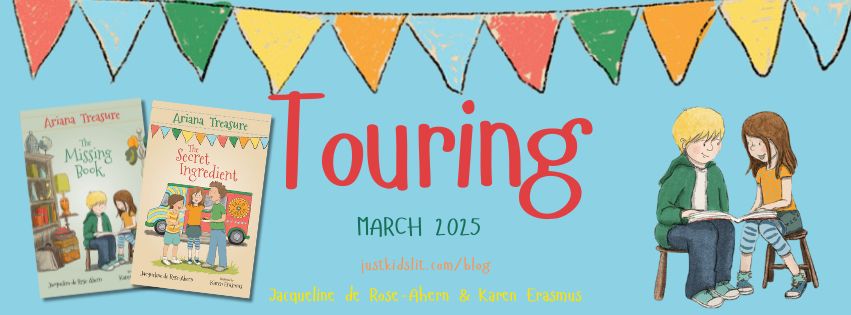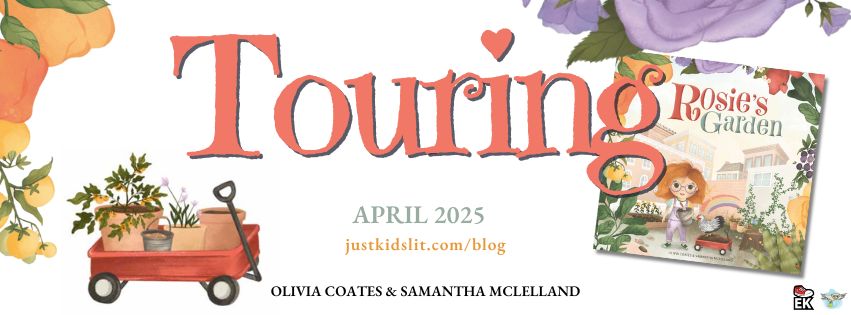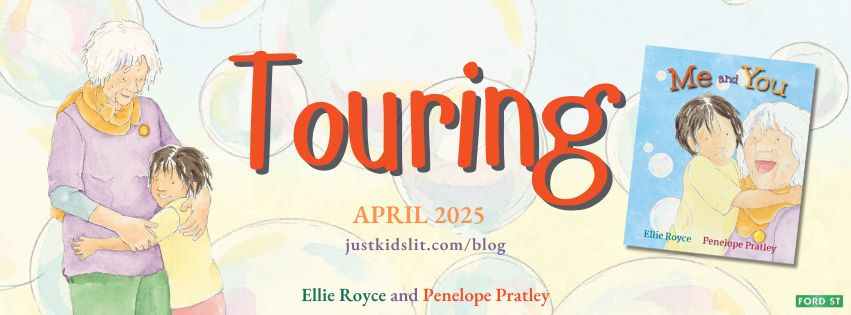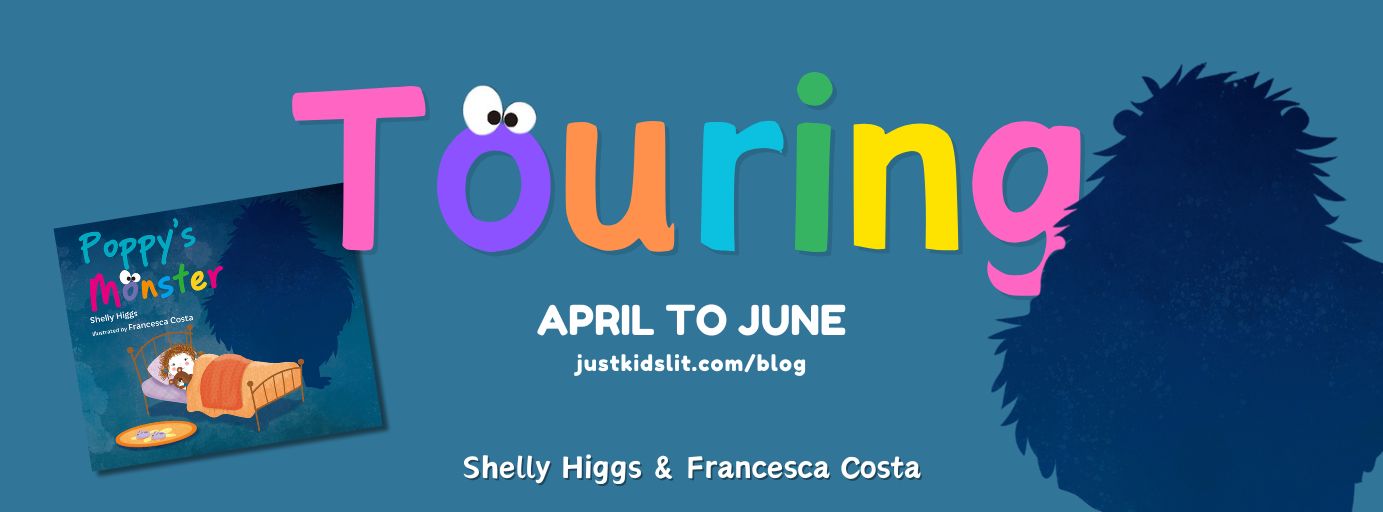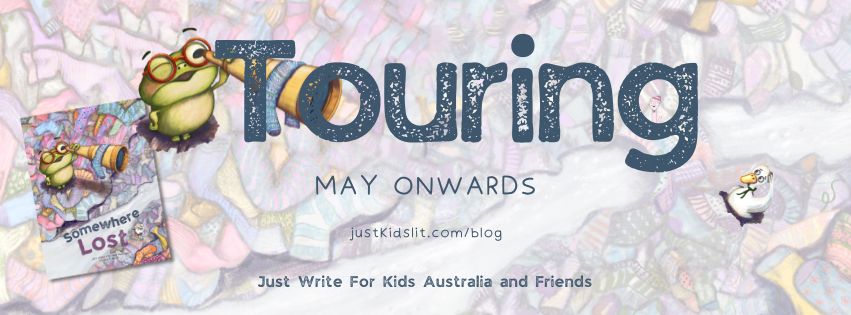If you’re looking for ideas for new books to keep your kids entertained and engaged during the remainder of the school holidays, here are some titles to consider:
Alison Lester is one of Australia’s most treasured author/illustrators and she is back doing what she does best in her picture book Tricky’s Bad Day. Rhyming, as many of her works are, this gentle book is about the main character, Tricky, having a day where nothing seems to go right. He gets more and more frustrated until his father suggests he go outside to play.
The warm, funny story shows children that unstructured outdoor play and the freedom of being in the “wild” can help make everything better. Kids should all be able to identify with the situation of being in a bad mood when everything goes wrong, and will be encouraged to take themselves off for some outside time when their emotions next get too much for them. Lester’s distinct artwork brings the story to life, and adds more humour and pathos to the book.
This picture book showcases everyday family life and all the muddles and messes that can arise, and will help adult carers to remember to get a child engaged in physical activity to help reset emotions. The book is suited to children aged around three to four and up.
Published by Affirm Press.
Amelia Chamelia and the Birthday Party
Amelia Chamelia and the Birthday Party is the first book in an early reader/junior fiction series by Laura Sieveking. The story revolves around a young girl named Amelia who discovers, around the time of her eighth birthday, that she can change colour. This happens when she’s frightened or furious. Amelia tries to keep her new secret power hidden from others, but it’s challenging when her troublesome twin cousins are on site for her party.
The book is fun yet meaningful, with the main character tackling some serious issues and having a strong sense of justice. Amelia is likeable and the concept fresh and interesting. Plus, illustrator Alyssa Bermudez’s cute black and white pictures spread throughout the book add just the right tone to the story and help break up the text for young readers. This introduction to the series is well suited to children aged around five or six years and up, especially those who enjoy Billie B Brown or Juliet, Nearly a Vet.
Published by Penguin Random House.
 Twinkle, Twinkle, Little Bat: Beastly bedtime stories for all kinds of kids
Twinkle, Twinkle, Little Bat: Beastly bedtime stories for all kinds of kids
If you’re looking for an entertaining anthology for middle grade readers, check out Twinkle, Twinkle, Little Bat. The book contains “beastly bedtime stories for all kinds of kids”, written by some of Australia’s best loved authors such as Andy Griffiths, Morris Gleitzman, Judith Rossell, R.A. Spratt, Frances Watts, Tony Wilson, Jaclyn Moriarty, Tim Harris, and Katrina Nannestad.
Each story provides an entertaining twist on the traditional type of bedtime tale, and there is plenty of wacky humour to keep boys and girls of varying ages laughing and reading through to the end. Stories are suitably spooky and gross, and cover a wide variety of topics from pirate dance parties to doomed sleepovers. Fabulous illustrations by Anne Yi perfectly compliment each tale, too. You should find kids are happy to go to bed as long as they can read one or two of these stories before lights out.
The anthology is suitable for kids aged around seven and up, though parents can read the stories out loud to younger children.
Published by Pan Macmillan.
 Good Night Stories for Rebel Girls: 100 Tales of Extraordinary Women
Good Night Stories for Rebel Girls: 100 Tales of Extraordinary Women
If your child hasn’t yet read this extraordinarily popular book on 100 extraordinary women, add it to your list. Good Night Stories for Rebel Girls was the most highly supported original book in the history of crowdfunding, and has since gone on to be a bestseller in many markets. Within its well-designed pages you’ll find the stories of one hundred remarkable women and their amazing lives (one spread per person), accompanied by striking illustrations completed by sixty different female artists from around the globe. The book
Ladies covered in the book include Serena Williams, Malala, Ada Lovelace, Virginia Wolf, Nancy Wake, Maya Angelou, Marie Curie, Frida Kahlo, Jessica Watson, and Jane Goodall. The women come from diverse fields such as science, art and culture, sport, music, philosophy, law, activism, politics, fashion, education, and entertainment.
Each woman’s story is recounted in a fairy tale style. The stories make it clear that the “fairer sex” don’t need rescuing, and are instead inspiring female role models that children of any sex need to know about. Children can be read one or two stories at night or read them by themselves, after which they’re bound to go off to sleep and dream big. Keep a look out for the sequel, too, called Goodnight Stories for Rebel Girls 2.
Published by Penguin Random House.
 Roald Dahl’s Matilda’s How To Be a Genius: Brilliant Tricks to Bamboozle Grown-Ups
Roald Dahl’s Matilda’s How To Be a Genius: Brilliant Tricks to Bamboozle Grown-Ups
For a novel non-fiction book for primary school children, turn to Matilda’s How To Be a Genius. Based on Roald Dah’s always-popular Matilda, this activity book contains a variety of “brilliant tricks to bamboozle grown-ups” and is sure to keep kids busy and cackling evilly to themselves.
Perfect for curious minds, the book features step-by-step instructions on an assortment of puzzles, games, riddles, experiments, secret messages, tricks, and mental marvels that revolve around creativity, science, math, and more. Visually appealing with lots of colour and illustrations, this How to Be a Genius title should appeal most to readers aged around eight to twelve years.
Published by Penguin Random House.
 Human Body: a children’s encyclopedia
Human Body: a children’s encyclopedia
DK’s fully revised and updated version of the Human Body: A Children’s Encyclopedia is a comprehensive book (it’s over 250 pages) that will entrance children for hours. This beautifully laid out hardback book helps young readers to understand the human body through not only child-friendly text, but also clear photographs, CGI images, diagrams, graphics, and helpful annotations and captions.
Human Body is divided into twelve sections, with the first ten looking at major body systems and topics. Chapter eleven examines the mind, personality, body language and the like, and introduces the science of psychology, while the final section is a dedication reference chapter that includes extras such as quizzes for readers, a glossary, index, and timeline of key medical discoveries. The book is best suited to readers aged around eight years and up.
Published by Penguin Random House.








